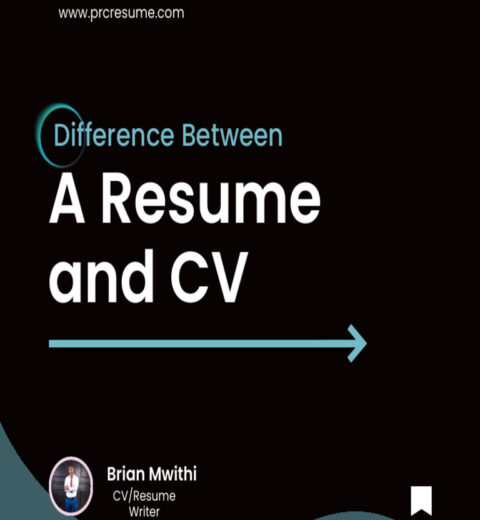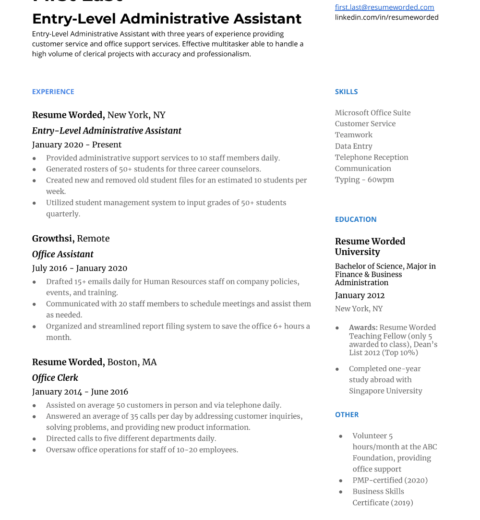A resume is akin to a ship navigating through the tumultuous seas of the job market; its purpose is to carry you across the waves of competition toward the shores of opportunity. Writing a resume from scratch can initially feel daunting, much like crafting a vessel from raw materials, but with a clear understanding of elements and structure, the process becomes both systematic and enlightening. This article will guide you through the intricacies of resume construction, emphasizing both the structural elements and the nuanced art of storytelling within your professional narrative.
Before setting sail, it is crucial to lay a solid foundation. At its core, a resume serves as a personal marketing document that must convey your unique value proposition succinctly and effectively. This encapsulation of your professional identity begins with a clear and engaging contact information section. Your name, prominently displayed in a larger font, should be the first beacon of light for potential employers. Directly beneath, include your phone number, email, and LinkedIn profile URL, ensuring these elements are current and accessible. This is your first opportunity to make a lasting impression, so do not let it drift by.
Next comes the summary statement, a brief yet potent overview of your qualifications. Think of this as the ship’s figurehead—a captivating image that draws the eye and encapsulates the essence of your journey. Make it compelling; weave together your skills, experiences, and aspirations into a cohesive narrative. Aim for 2-4 sentences that showcase your career highlights and what you bring to the table. Every word should count, as this section can determine whether your resume is relegated to the depths of obscurity or pushed forward for consideration.
Following the summary, the heart of your resume lies in the experience and achievements section. This is the ship’s hull, constructed with layers of your professional history, designed to withstand scrutiny and stormy waters. Below each job title, use bullet points to expound upon your responsibilities and contributions. Employ action verbs such as “designed,” “implemented,” and “led” to articulate your accomplishments vividly. Quantify your success with metrics whenever possible; for example, stating “increased sales by 30% within one year” stands out more than a generic claim of increasing sales. This precision adds weight to your narrative and demonstrates your impact effectively.
Incorporate a chronological format that lists your work history from the most recent job backwards. This strategy creates a timeline of your career, allowing employers to trace your professional evolution like a map chronicling the voyage of an adventurer. Each position should include your job title, the company name, and the dates of employment. Be meticulous in maintaining consistency, for clarity and professionalism are critical in this presentation.
Another essential plank in your resume’s design is the education section. Here, enumerate your academic credentials in reverse chronological order as well. Include the institution’s name, degree obtained, and graduation date. Should you have relevant certifications or trainings, weave them into this section, as they further bolster your qualifications. Remember, knowledge is not just a collection of degrees; it’s part of the rigging that keeps your ship aloft.
Yet, a resume does not solely revolve around work experience and education. The inclusion of a skills section acts as the ship’s sails, propelling you forward by highlighting your technical proficiencies and soft skills. Create a bulleted list of relevant skills that align with the job description. Distinguish between hard skills—such as software proficiency—and soft skills—like communication and teamwork. This section is crucial, particularly in an era defined by technological shifts, where adaptable skills can set you apart from the crowd.
Furthermore, consider incorporating a projects or volunteer work section if applicable. This additional section acts like the ship’s flag, displaying not only your capabilities but also your values and passion. Engage in projects or volunteer efforts that resonate with your field, as they reflect a commitment to your craft and a willingness to contribute beyond mere job obligations. Each entry should state a brief description along with your role and the outcomes achieved.
With the basic structure firmly in place, it’s time to navigate through the subtleties of layout and design. Utilize a clean, professional format that facilitates readability. Adequate white space is paramount; avoid clutter, as it can obscure the importance of your information. Choose a formal font and maintain consistency in size and formatting throughout the document. Incorporate headings and subheadings to guide your reader, much like a compass steering a ship through uncharted waters.
Finally, before casting off, conduct a thoroughly meticulous edit. Grammatical errors and typos can sink the most well-crafted resumes. Read through your document multiple times, and seek external feedback to catch any elements you might have missed. As the final act of preparation, customize your resume for each job application, tailoring specific sections to mirror the language and requirements of the job description. This attention to detail signals to employers that you are earnest and prepared, navigating with purpose.
In conclusion, crafting a resume from scratch is not merely a mundane task; it is a voyage brimming with opportunities to articulate your professional identity. By understanding each component—from contact details to project work—you can construct a compelling resume that resonates with potential employers. Remember: a well-crafted resume is not just a document; it is your vessel in the vast ocean of employment, designed to carry you towards the shores of your career aspirations.




